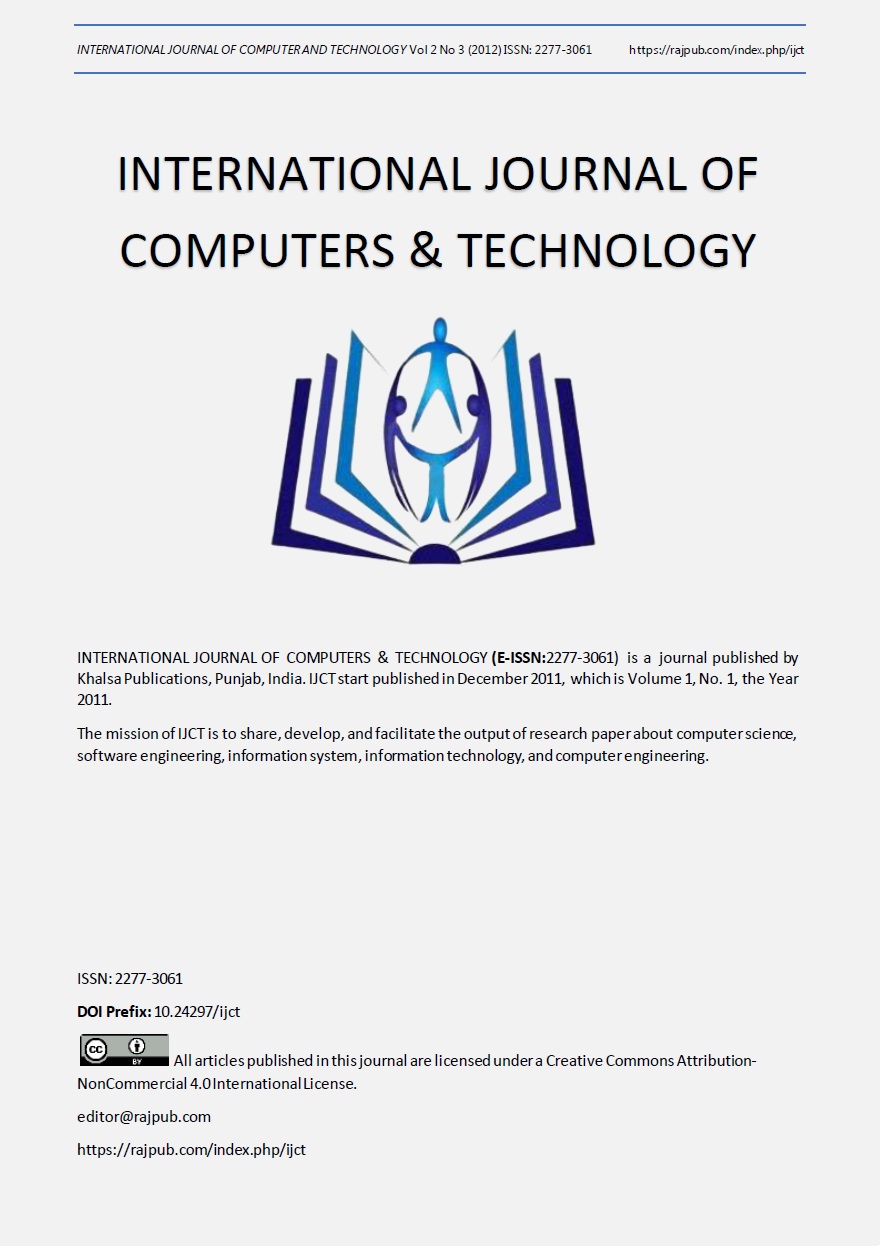Optimization of Constituents of (Ni, MO, Cu)/Kieselguhr Catalyst by Response Surface Methodology for Glycerol Production by Hydrogenolysis of Sucrose
DOI:
https://doi.org/10.24297/ijct.v2i3a.2670Keywords:
Catalyst, Nickel, Molybdenum, Copper, Response Surface Methodology, Glycerol, Hydrogenolysis, SucroseAbstract
Sucrose hydrogenolysis is industrially important forthe production of polyols. To provide high glycerol yieldunder milder reaction conditions, a nickel catalyst promotedby Molybdenum and copper supported on kieselguhr wassynthesized and optimized using Response SurfaceMethodology. A 3X5 experimental design has been adopted tostudy the effect of these constituents. A linear second-ordermodel has been developed to optimize and to study theinteraction effects on glycerol yield in the catalytichydrogenolysis of sucrose. Increase in nickel loading in thecatalyst increased its activity. Increase in Molybdenum alsoincreased the catalyst activity but changed the reactionmechanism as well. Increase in copper caused the directhydrogenolysis of sucrose instead of its first splitting intomonosaccahrides and their subsequent hydrogenolysis.Maximum glycerol yield of 27.79% was identified at anoptimum nickel, Molybdenum and copper concentration of29.80%, 10.0%, and 1.07%, respectively. The optimizedcatalyst has been characterized by the electron microscopy, Xraydiffraction, and magnetic measurement techniques.Downloads
Download data is not yet available.
Downloads
Published
2012-06-30
How to Cite
Optimization of Constituents of (Ni, MO, Cu)/Kieselguhr Catalyst by Response Surface Methodology for Glycerol Production by Hydrogenolysis of Sucrose. (2012). INTERNATIONAL JOURNAL OF COMPUTERS &Amp; TECHNOLOGY, 2(3), 24–40. https://doi.org/10.24297/ijct.v2i3a.2670
Issue
Section
Research Articles









